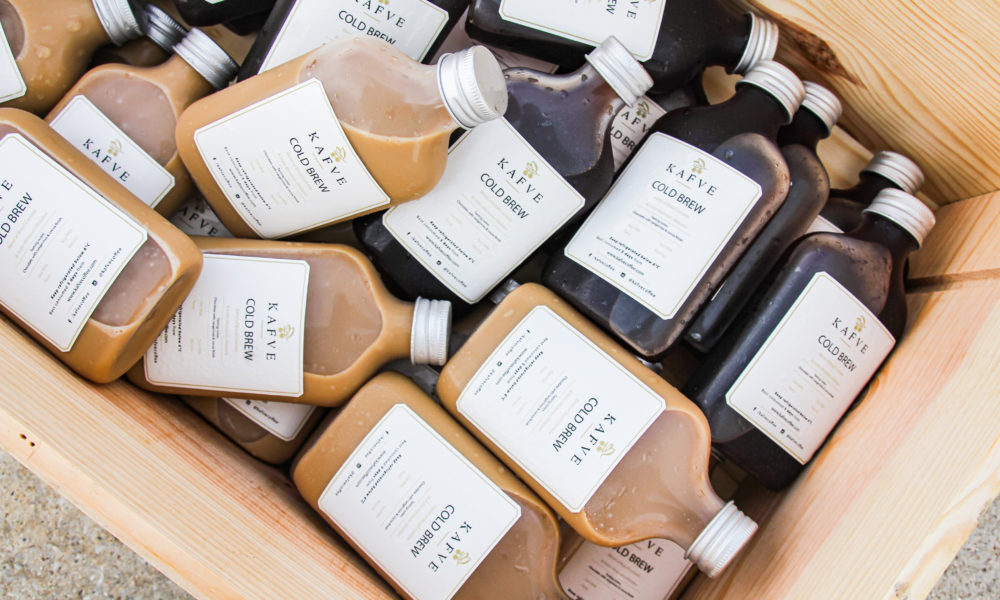
When it comes to running, many fitness enthusiasts are turning to barefoot running shoes as they offer a more natural and minimalistic way of running. These shoes are designed to mimic barefoot running, providing a wide toe box, zero-drop heel, and flexible sole for a more natural stride. If you're interested in trying out barefoot running or looking to upgrade your current pair of shoes, this guide will help you choose the best barefoot running shoes for your fitness regimen.
1. Consider Your Foot Type
Before choosing a pair of barefoot running shoes, it's essential to consider your foot type. Different shoes are designed for various foot shapes and arch types. Here are a few things to keep in mind:
Foot Shape
- Flat feet: Look for shoes with good arch support
- High arches: Choose shoes with extra cushioning for shock absorption
- Neutral arches: Most barefoot running shoes are suitable for neutral arches
Foot Width
- Wide feet: Opt for shoes with a wider toe box for a more comfortable fit
- Narrow feet: Look for shoes that offer a snug fit without being too tight
2. Sole Thickness and Flexibility
The thickness and flexibility of the sole are crucial factors to consider when choosing barefoot running shoes. Here's how to determine the right balance:
Sole Thickness
- Thin soles (4mm or less): Provide better ground feel and proprioception
- Thicker soles (6mm or more): Offer more protection from rough terrains
Sole Flexibility
- Flexible soles: Allow for a more natural foot movement and toe splay
- Stiffer soles: Provide more stability and support, but may sacrifice natural movement
3. Heel-to-Toe Drop
The heel-to-toe drop refers to the height difference between the heel and the forefoot of the shoe. Traditional running shoes typically have a higher heel-to-toe drop, while barefoot running shoes aim for a zero-drop design. Here's what to consider:
- Zero-drop: Encourages a more natural running gait and engages the calf and foot muscles
- Low-drop (4mm or less): Provides a slight heel cushion without compromising natural foot movement
- Higher-drop: Offers more heel cushioning but may alter running mechanics
4. Material and Breathability
The material of the shoe can affect comfort, durability, and breathability. Look for lightweight and breathable materials that can keep your feet cool and dry during runs. Common materials used in barefoot running shoes include:
- Mesh: Offers excellent breathability and flexibility
- Synthetic materials: Provide durability and water resistance
- Natural fibers (e.g., bamboo, cotton): Offer eco-friendly and moisture-wicking properties
5. Fit and Comfort
Ensuring a proper fit is crucial for comfort and performance during your runs. Here are some tips for finding the right fit in barefoot running shoes:
- Try on shoes in the afternoon when your feet are slightly swollen
- Leave a thumb's width of space between your longest toe and the shoe's tip
- Check for any pressure points or chafing areas that could cause discomfort
- Test the shoes by walking and jogging to assess comfort and fit
6. Brand Reputation and Reviews
Researching the brand's reputation and reading customer reviews can give you valuable insights into the quality and performance of the barefoot running shoes. Look for brands that have a track record of producing durable and comfortable shoes for barefoot enthusiasts.
7. Budget
While it's essential to invest in a quality pair of barefoot running shoes, you should also consider your budget. Compare prices from different brands and retailers to find a pair that offers the best value for your money. Keep in mind that higher-priced shoes may come with advanced features and technologies.
By following these guidelines and considering your individual preferences and running style, you can narrow down your options and find the best barefoot running shoes that suit your fitness regimen. Remember that finding the right pair may involve some trial and error, so be patient and listen to your body's feedback as you transition to barefoot running.




